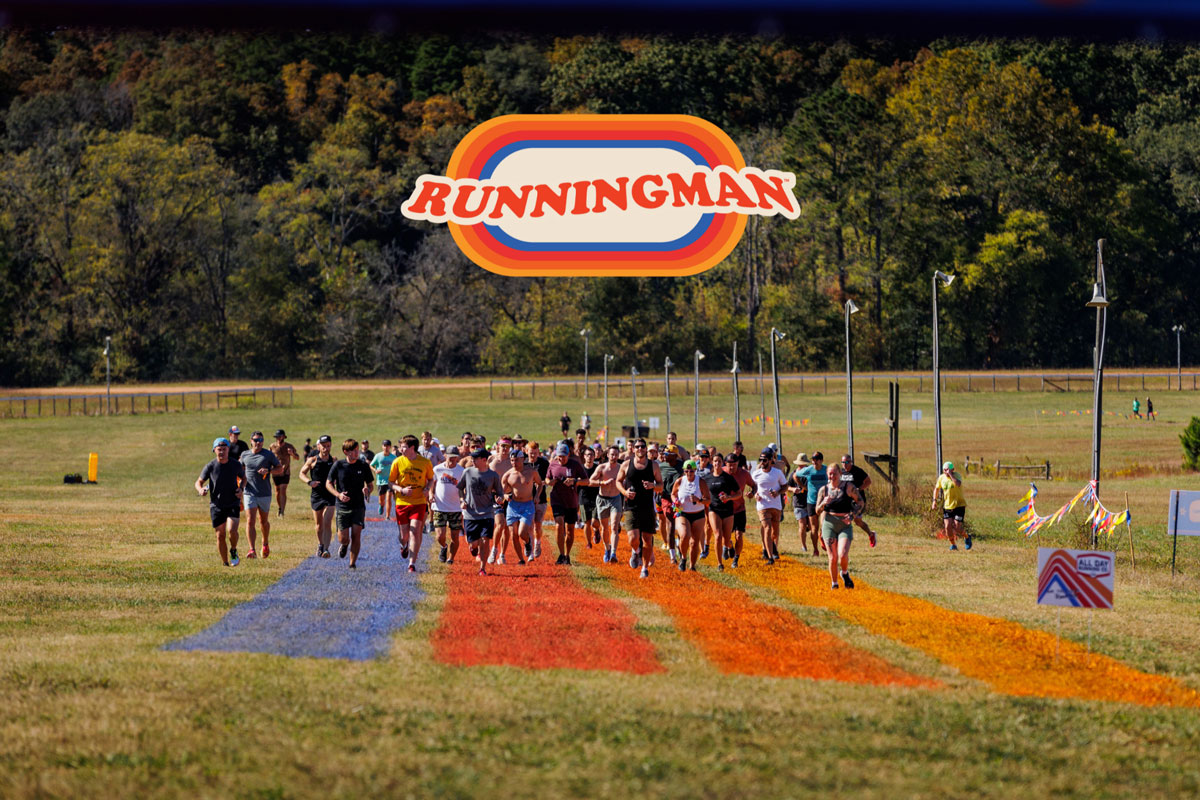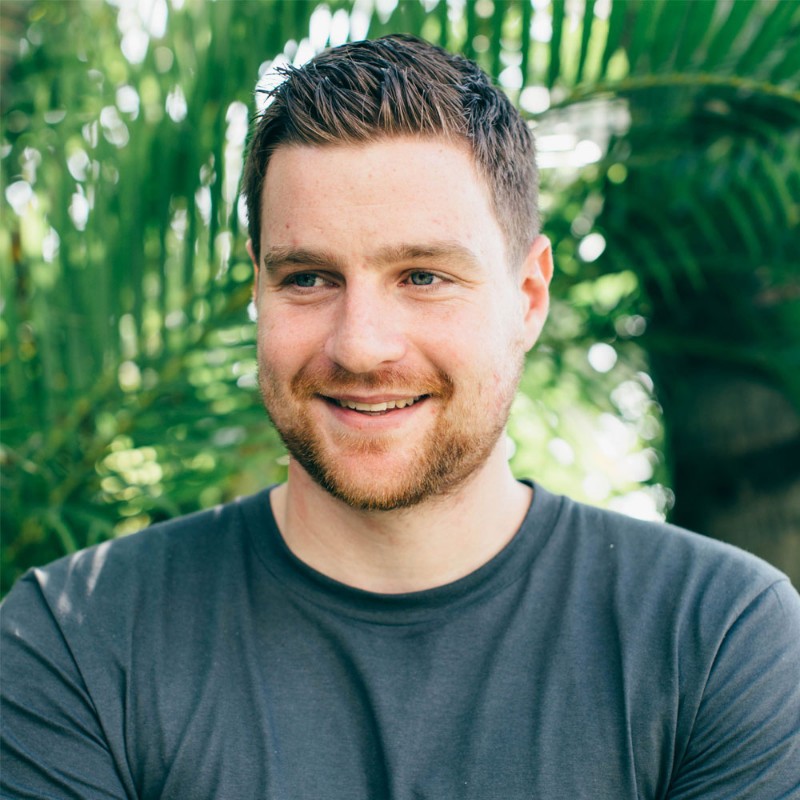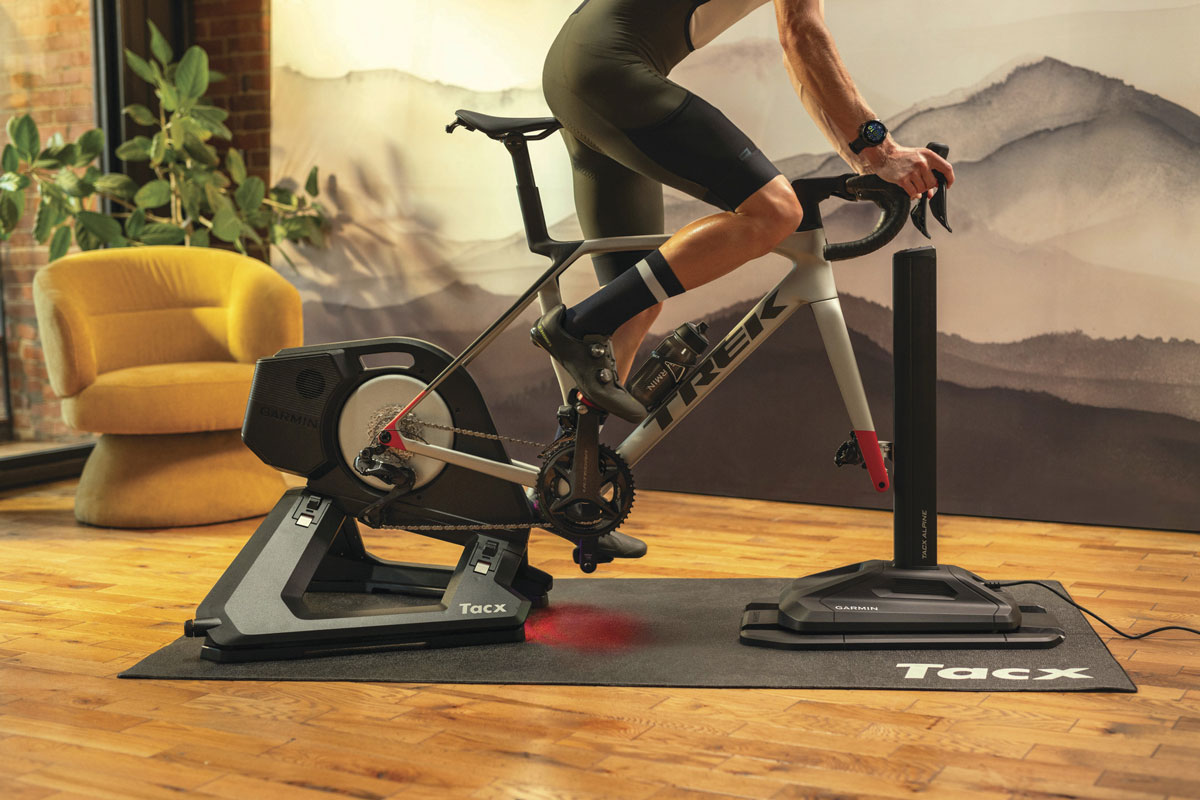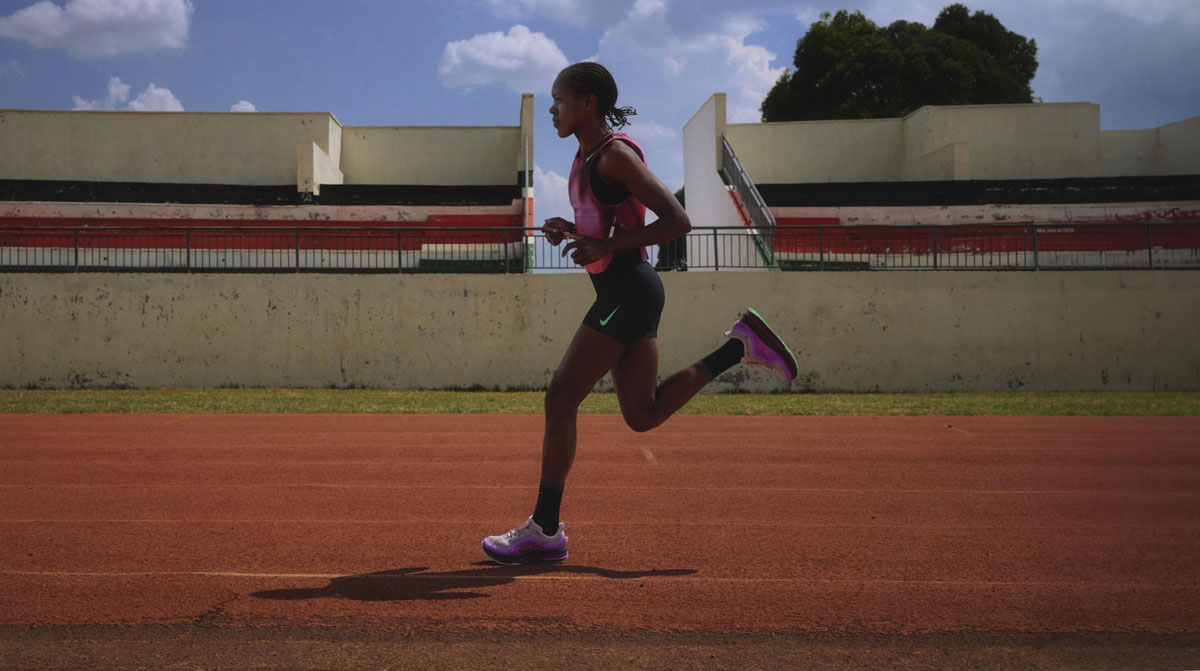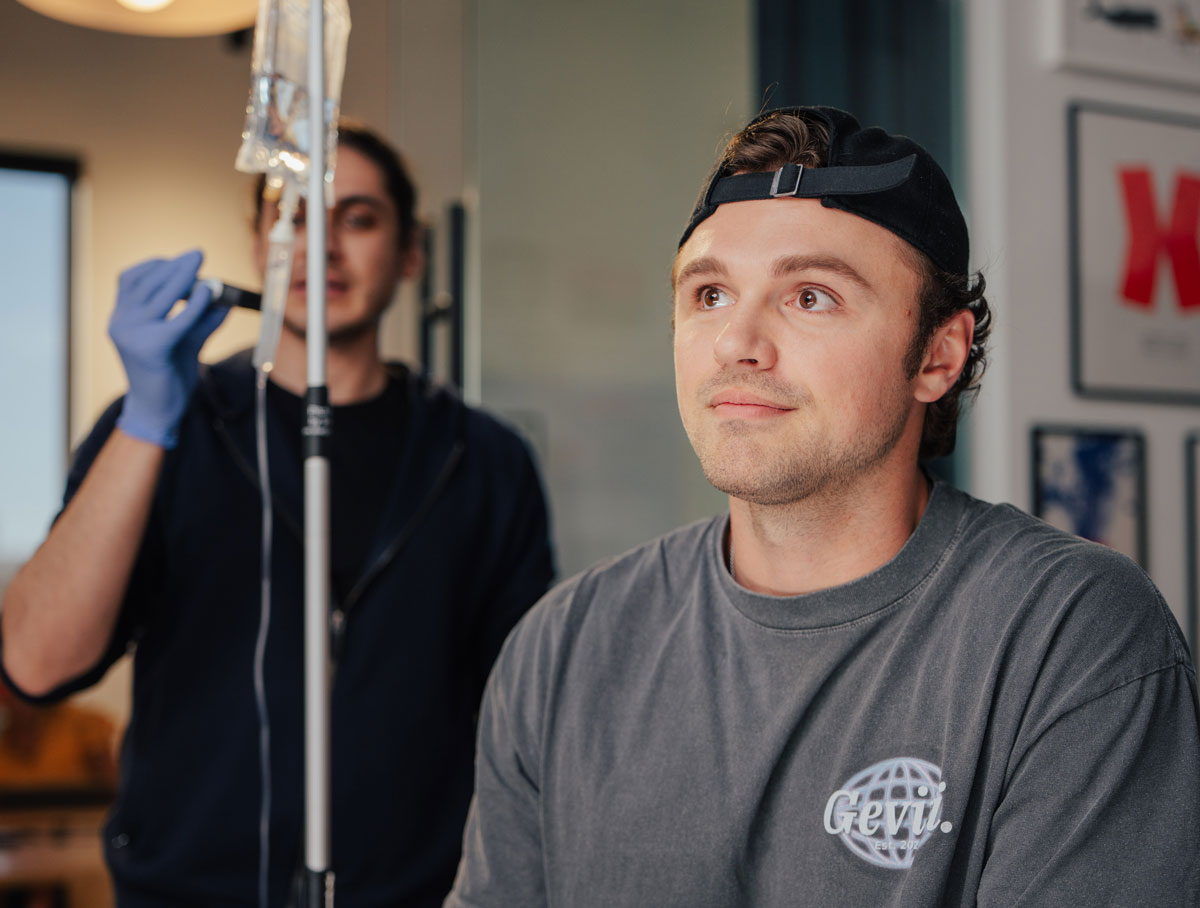Dr. Kristen Holmes’ recipe for optimal recovery
In our Health Stack series, Wellworthy taps into its network of health and fitness experts to offer personal insights and recommendations.
Dr. Kristen Holmes was one of WHOOP’s first key hires. Four years after the fitness wearable company emerged from Harvard Innovation Labs, the psychophysiologist was recruited to accelerate CEO Will Ahmed’s mission to help unlock human performance. “Nine years ago when I joined no-one had a handle on recovery,” Holmes tells Wellworthy.
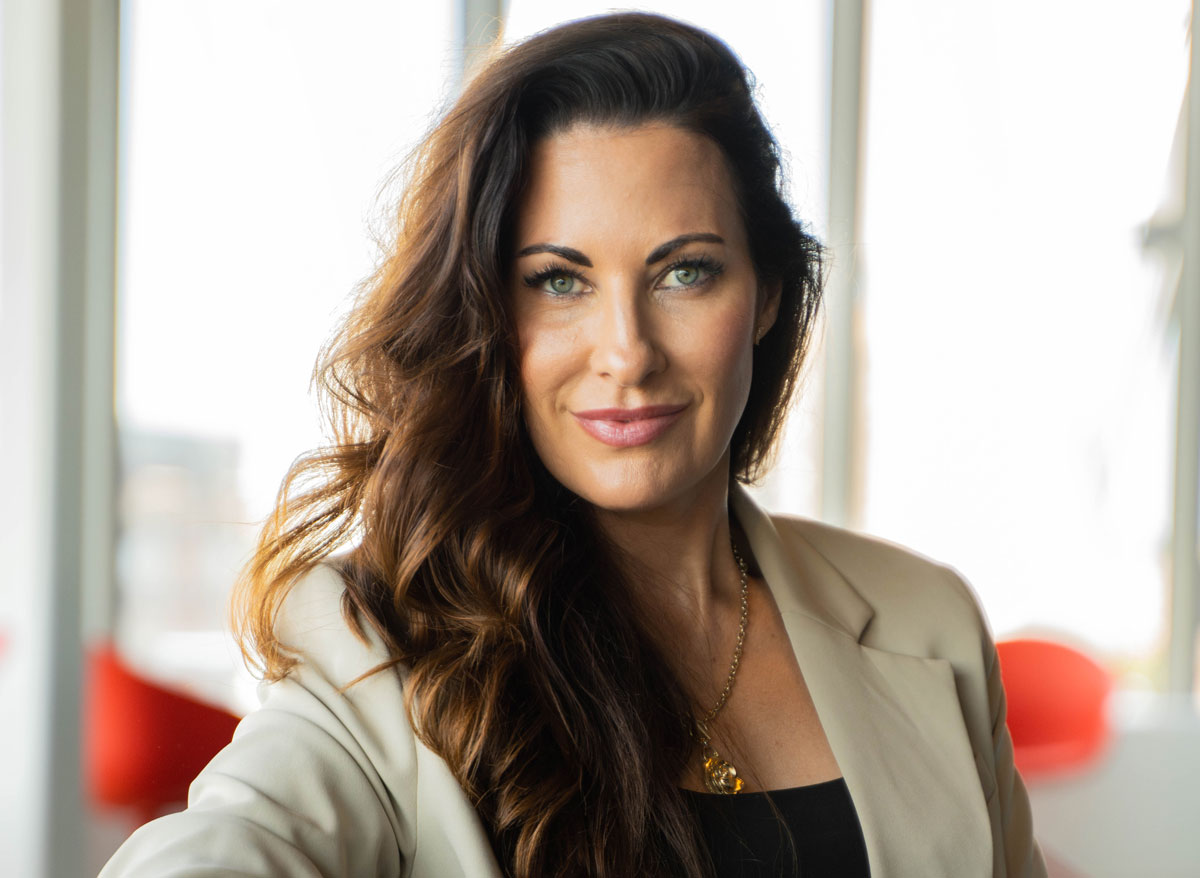
Dr. Kristen Holmes, WHOOP’s global head of human performance and principal scientist.
A former US field hockey player and coach, the mother-of-two straddles multiple advisory boards, while writing her PhD on the impact of circadian behaviours on physiological and psychological resilience.
“I’m busy, like most folks,” she says, modestly. Here, WHOOP’s principal scientist shares the tools, tech and supplements that keeps her firing on all cylinders.
Huel
“I try to get all of my nutrients from food but I’m bullish on Huel. It’s quick and convenient. I travel a lot. I have two kids. I’m a mum. I have a big job. So, I’m busy, like most folks. Sometimes I just need to grab something quick and Huel’s ready-to-drink is so great. And I love their daily greens as well.”

Bon Charge Red Light Face Mask
“I love my Bon Charge face mask. For skin health and improving overall skin tone and texture, red light therapy is pretty well studied.”
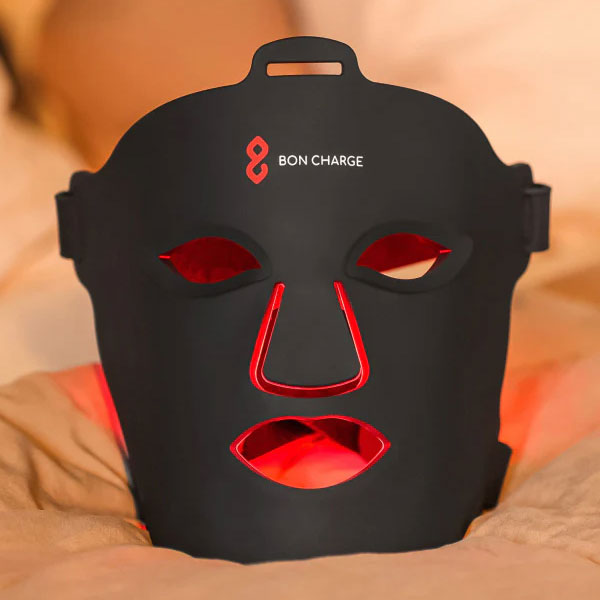
Edge Theory Labs
“I have an infrared sauna at home. When travelling I’ll also use a dry heat sauna but I love the infrared sauna. I do that probably four times a week for around 20 minutes and I’ll do a cold plunge a couple times a week in my Edge Theory Labs tub (although they unfortunately went out of business). In the winter, I prefer to go in the lake. I’ll carve out a little spot for myself and plunge.”
Nike Zoom
“I’m a Nike Zoom girl. I love to sprint and do hill work and long zone 2 runs. I find being outside in nature so therapeutic. For me that’s the mother of all recovery modalities. If you follow me on Instagram you’ll see some of my cave girl workouts. Like flipping logs and carrying rocks.”
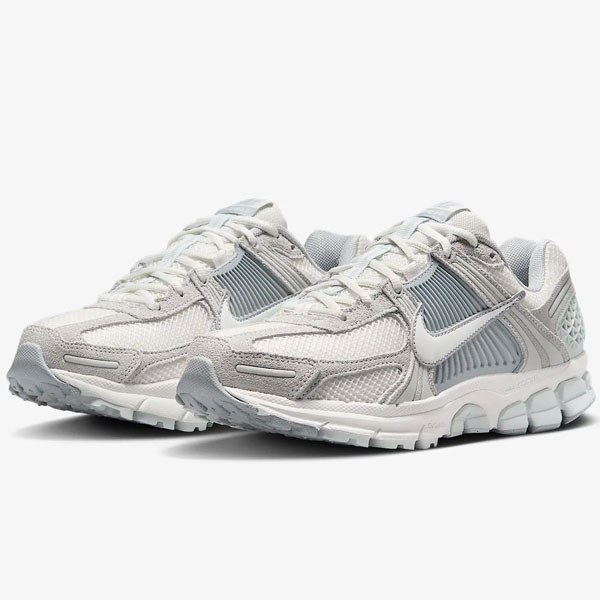
“I’m not a huge community fitness person. I’m so competitive. If you put me in a gym, I’m gonna need to beat everyone. I’m a psycho. I’m just better off by myself. I won’t get hurt. I can just do my own thing. I also never got into Strava or all that. I just try to optimise the interplay between my cardiovascular system and my nervous system. For me, I train to be available for my kids and the people I love.”
LMNT electrolytes
“I use LMNT electrolytes every day. I eat pretty cleanly so I don’t have a tonne of salt in my diet but that combination of sodium, potassium and magnesium is such a great little stack. I have one of those in the morning, specifically when I’m travelling. Speaking of, my favourite place to exercise in the world is probably South Africa. It’s so epic. I was there for 30 days for an Olympic qualifier and I’ve never felt more energy. My soul, my spirit. I was like, right, 12 x 400m. Let’s go. I just felt so good. That was a pretty epic place to train.”
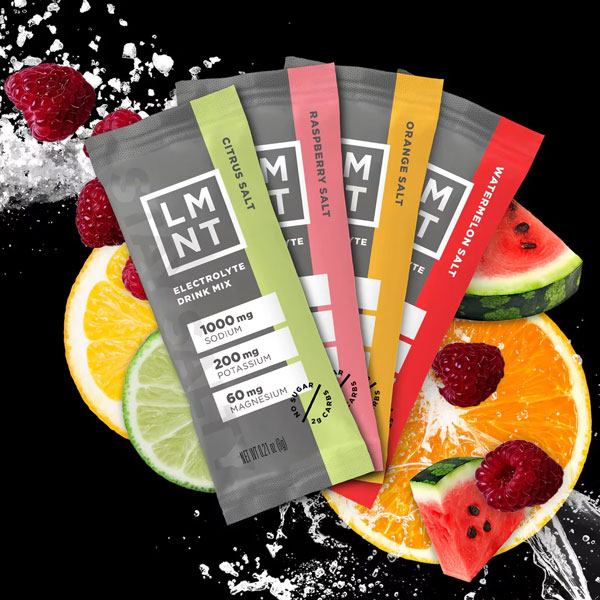
Circadian light
“I use a circadian light. I have a basic one off Amazon. It mimics natural light and helps with seasonal affect disorder and alertness. Principally, if you want to be alert, you want to view as much light as possible. If you want to be sleepy, you want to restrict light. Light is an awesome lever for time zone shifting. So too is food and exercise. If you can time that to suit the time zone you’re going to you can subtly shift your rhythms to make the transition a little less painful.

“I call that time zone maintenance. For example, on a recent trip in Alaska I made sure to wake up at 3am, work out, get lots of light, get to work at seven, was done by 12 and in bed by six. When I got back I had a board meeting and tonnes of stuff I needed to be ready for, not to mention my family, so I just opted out of jet lag by maintaining my home time zone.”
WHOOP
“Of course I also rely on my WHOOP band. I love the health monitor feature, sleep planner to help recalibrate when I’m travelling and the haptic alarm setting. I also really love stress monitor. It’s such a cool feature that I think is underutilised. Some people question technology, but I believe it allows you to take the guesswork out of what inputs work and don’t work so you can make clear decisions about your life.
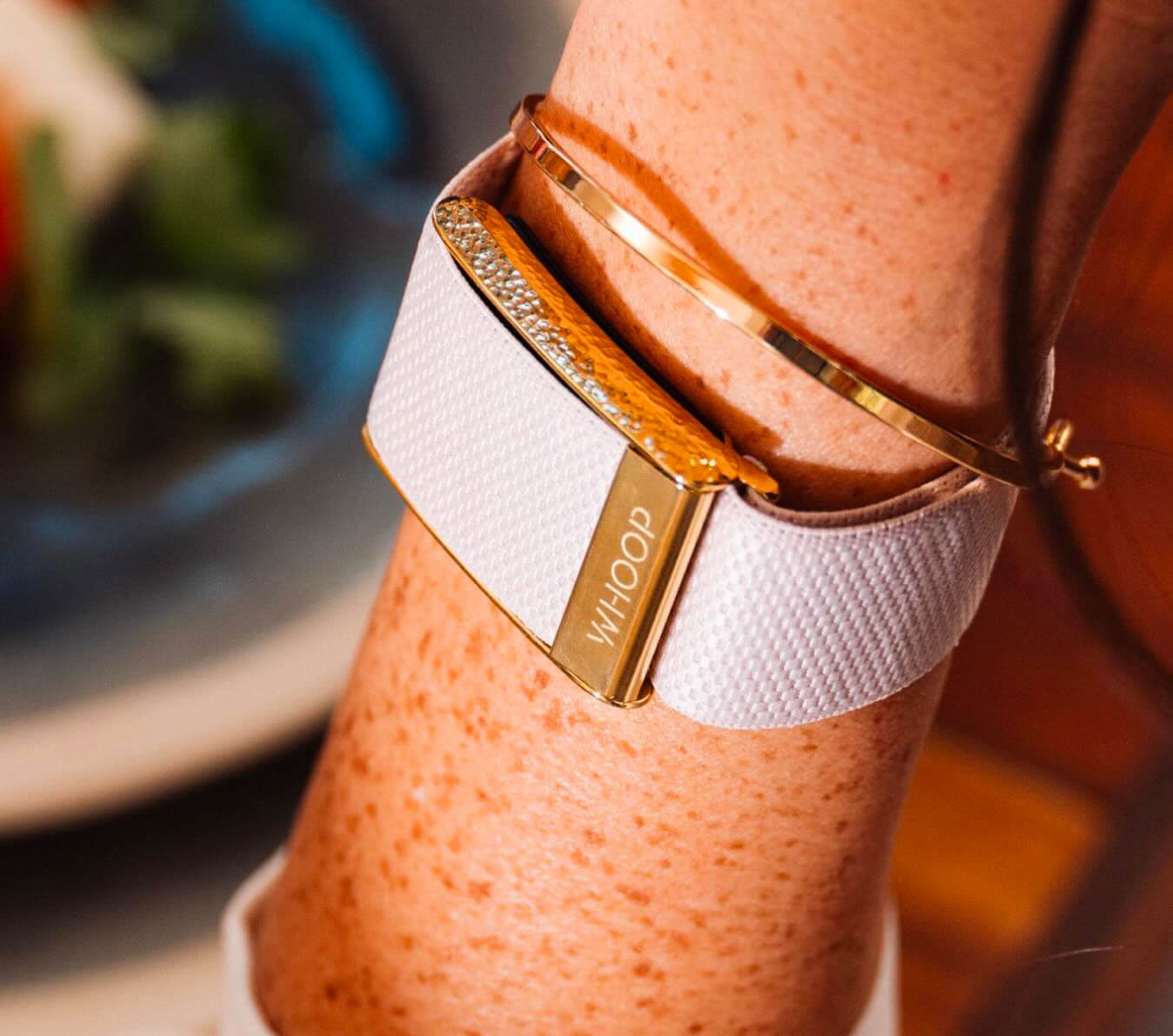
“Where people go wrong is they fling themselves physically, mentally and emotionally in all sorts of directions. Technology, for better or worse, is going to reveal the cost of your behaviours – very clearly. They will either allow you to be the person you aspire to be in the world, or they won’t.”

 Published on Mar 13, 2025 by
Published on Mar 13, 2025 by 

